



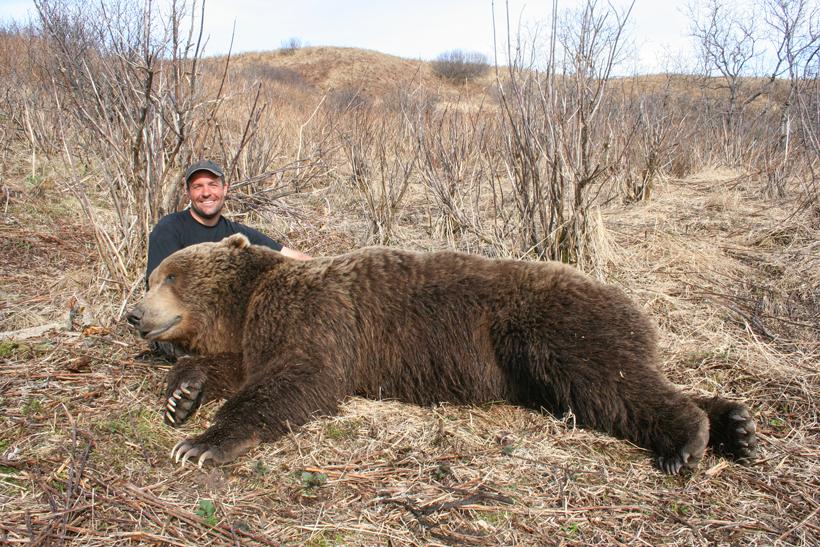
In 2006 I hunted Kodiak Alaska for brown bears. Once again, having a proper savings plan allowed this dream hunt to happen.

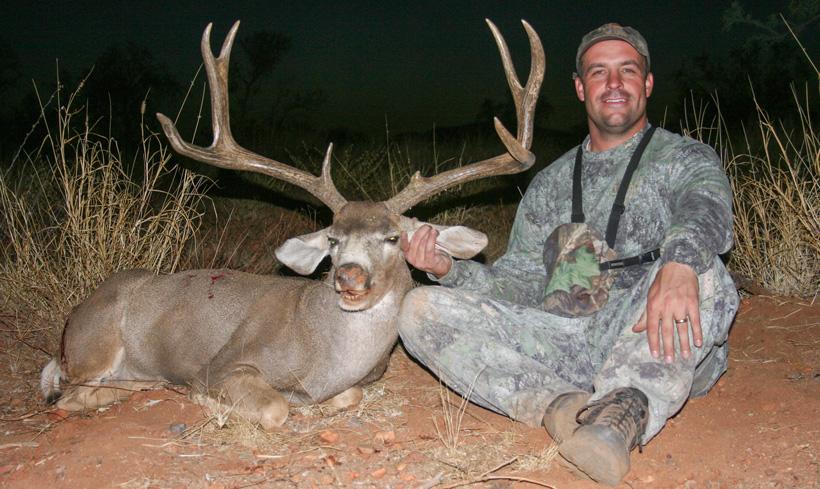
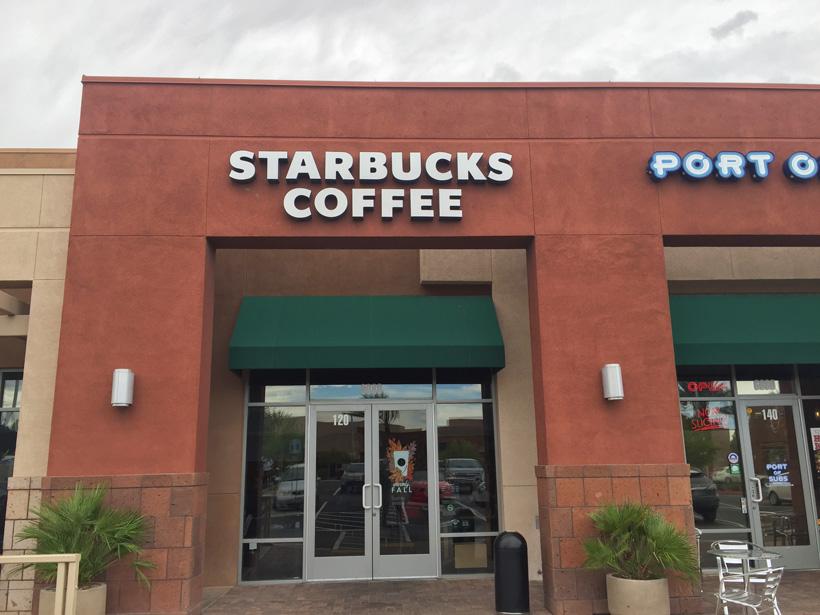
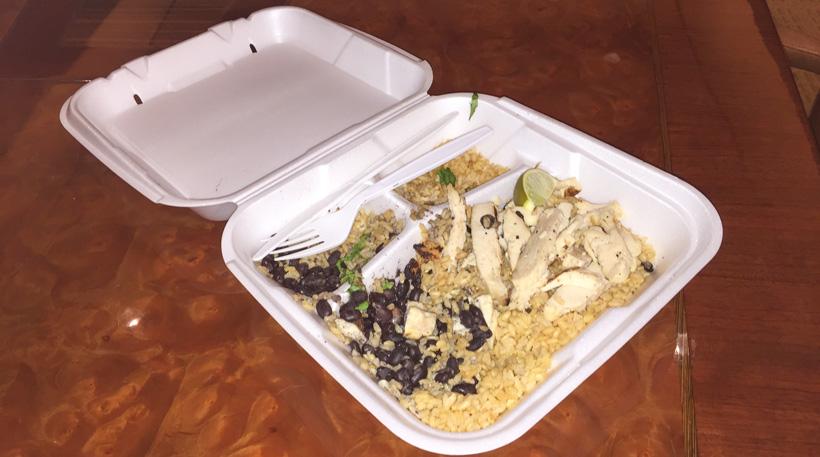
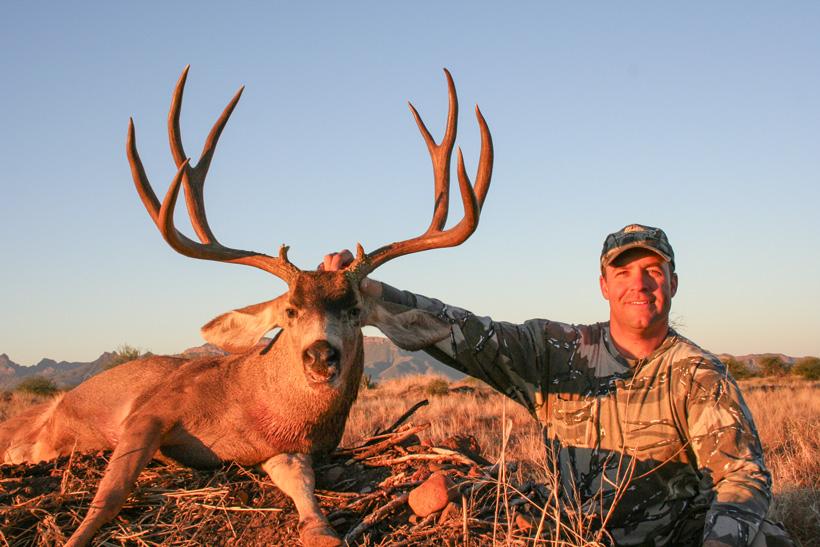
Creating a savings plan allowed me to make this dream a reality in Mexico of 2008.
If I had a dollar for each time that I heard someone say, “Hunting is a rich man’s game,” then I assure you that I could pay for any hunt available. This phrase is commonly used by those who are green with envy or, most commonly, guilty of poor planning, follow through and lack of sacrifice. I am not suggesting that everyone can drop the cash for an outfitted stone sheep hunt. In fact, there are some hunts that I will never be able to justify the expense, but that is not because I couldn’t find a way to save the money. If a hunt were a dream of mine and something that I was dying to do, then I can assure you that it would be within reach — even if that reach is a few years away.
Someone doesn’t simply leave the house and purchase a new truck without some level of planning. Financing options are considered and research is used to find the best price for the desired truck. Auto loans are commonplace in our world, which makes a vehicle purchase easier for most people to accept as opposed to a hunt with a price tag of $5,000 or more. While everyone needs transportation, an expensive hunting trip may not be considered a necessity to most.
Financing options are not readily available for big game hunts and I am not recommending that anyone use credit cards or a home equity line to finance a hunt. Using short term debt (like a credit line) to finance a hunting trip is not a good idea unless you have the ability to pay it off completely within 12 months. Even then, it is better to save the money for a hunt rather than use money you don’t actually have.
A wise man once said that there were two types of people in this world: those that pay interest and those that earn interest. It is up to us to decide which one we want to be. Certain purchases in life will require paying interest and are difficult to avoid. A home loan is an example of this and is something that is considered a “good debt.” On average, a home will appreciate in value and home equity is gained, which increases the asset side of your personal balance sheet. Purchasing a hunt does not give you an asset, it is simply a vacation — albeit the best vacation that money can buy!
Let's assume that you have always wanted to hunt in old Mexico for the wide-racked desert mule deer that it is famous for. You have done your research and found a reputable outfitter with a hunt available for $8,000. If you are like most hunters, then you cannot book this hunt and go immediately because you probably do not have the money to pay for it. My first recommendation is that you look at your personal situation.
The strategy of financially preparing for a dream hunt will require positive cash flow and discipline. Positive cash flow is simply having excess money after all expenses are paid for at the end of the month. Discipline is needed to become a dedicated saver and to cut out unnecessary expenses in an effort to increase your monthly positive cash flow. Evaluate your “wants” versus your “needs” when developing your plan of saving for your next dream hunt. Some common “wants” that may be able to be reduced from your monthly expenses could be a high dollar gym membership, a satellite or cable television plan that is far beyond what is needed, paying high premiums on insurance policies, paying for a cellular phone plan that does not fit, and dining out instead of eating at home. It is always wise to get a second opinion or estimate on cell phone plans and insurance premiums. Some of the most significant areas to cut costs may come from making simple changes throughout your day.
Two examples would be coffee and dining out. Below is an illustration of the amount of potential annual savings from making a sacrifice in your coffee purchasing. It is mind blowing.
One of the biggest money drains is the daily visit, or visits, to a trendy coffee shop for a fancy espresso coffee. Saving for a dream hunt can be accomplished by cutting out this luxury item. When a “trendy” cup of coffee costs $5, it is obvious there is room for immediate savings here. The average Starbucks Caffe Mocha in a Venti size can cost you $5.35 with tax. That price may not seem like a lot at first… but if you are the type of person who must have their coffee from the local barista each day during the workweek, you are looking at spending an average of $1,284 per year just on Starbucks coffee. Need more proof? A 16-ounce cup of coffee made at home, averages about 17 cents a cup per day, or $1.19 a week or $62.05 a year. Once again compare that to a 20-ounce venti coffee from Starbucks, at $5.35 per day, adds up to $26.75 per week, and $1,284 per year!
We all know that a some people can not survive without their morning coffee. So brewing your coffee at home is a great way to save. A large can of Folgers ground coffee costs $8 at WalMart and provides 240 cups of coffee and can last for months, while the Starbucks Venti only is two cups of coffee. Now I understand that the flavor may be night and day, but how bad do you want that dream hunt?
Many of us fall into habits out of convenience. It is far more convenient to go to a restaurant for lunch rather than prepare a lunch at home and take it to work. Planning and preparing a lunch at home takes time and a change in lifestyle. In order to do this, we must put more time into our grocery shopping and wake up a little earlier each day to pack a lunch.
The average trip out to lunch costs $7 at a fast food place and at least $15 if you sit down and pay a tip to a server. For this illustration, let's use the average of $11 for a daily restaurant lunch tab. If you pack a lunch there is still an expense from the grocery store, but it is significantly less than dining out. Let’s use the basic sandwich as the pack lunch item. The ingredients that go into a sandwich typically cost under $2 and that is using high quality, healthy turkey breast. Toss in some fresh fruit and reach for tap water as opposed to a soft drink or an energy drink and you are still eating for less than $4 each day. If sandwiches get old, it is easy and the cost is about the same to simply increase the amount of food that you prepare at dinner the previous night to provide the leftovers for a delicious lunch. Simply changing the way you eat lunch will save an average of $7 per day and I guarantee that your calories consumed at lunch will decrease dramatically. Just think how much faster you will be in the hills next year!
It is not uncommon to tighten up on monthly spending and find yourself with an additional $200 or more monthly to apply toward that savings plan for the next adventure. The amount that you will need to actually commit to setting aside each month can be calculated with simple mathematics. For this purpose, do not try to factor in the interest rate that your new savings account will earn. The interest rate on the savings account will hopefully be enough to keep up with inflation and rising costs over the next few years as you save.
First, assume that you are able to trim your monthly expenses from your budget by $200 by doing some of the things mentioned earlier. Additionally, maybe you have an additional $50 that you are comfortable with applying towards this new savings plan, which will bring your total monthly savings to be $250. If your Sonoran dream hunt is going to cost you $8,000, then it would be possible to go in only three years with over $1,000 of extra money for taxidermy, tips and travel. That is not bad when you consider that we wait 10 to 15 years or more building bonus points in order to be able to hunt some states.
Now that you have trimmed your monthly expenses and made a new commitment to eating at home more often, it is time to decide the best way to save the funds. Since your timeline for needing the funds is fairly short in terms of the investment world, systematically investing the monthly funds in a stock market account would not be wise. Retirement plans are a better fit for the aggressive savings approach of the stock market, but these precious hunting funds need some type of guarantee from loss of principal. I recommend that you only use FDIC insured accounts when saving for a hunt. It is also best that you do not commingle the funds that you set apart for the future hunt with your other savings, retirement funds, etc. Keep this separate so that the intentions and use are clear. This separation will also make it easier to stay committed to setting aside the monthly amount necessary to reach the goal.
If you want the hunt bad enough, you will look forward to those monthly account statements and making those monthly capital injections. Check with your local investment advisor or bank to look into money market savings accounts. Certificate of Deposits (CD) are good, but usually do not allow for monthly contributions once set up. A banker or investment advisor will be helpful in making this decision and will find you the best interest rate available. Setting up an electronic withdrawal from a checking account into this new hunt savings account is the smartest thing you can do. Just make sure they know that you will be making many deposits into the account over time and making very few withdrawals. Ideally, you should only need to withdraw funds for a deposit with your outfitter at one point and another withdrawal to pay at the end.
The best way to access the funds when needed is to utilize a credit card. There are credit card companies that are affiliated with certain airlines and will run promotions enticing people to open a new card by offering a free round trip flight. Alaska Airlines has a credit card and has offered this in the past. This is a great way to trim even more expense on this dream hunt by eliminating the commercial airfare. The interest rate on the credit should not be an issue since you will be paying the balance off completely when you return from your trip with the savings account funds. Using a credit card for your expenses and purchases for your trip also provides you with travel insurance and avoids the need to carry an excessive amount of cash. It is important to remember to take along some cash for tips and other rural and remote purchases along the way.
Over time you should become better at budgeting and your earnings will increase helping to increase the amount that can be put away towards dream hunt savings accounts. I feel that it doesn’t take a rich man to experience many of the North American adventures that are out there. Desire and discipline are as important as income in order to make it happen. You may need to go without a new bow or rifle every year or possibly keep using that old scratched up quad or camp trailer. Maybe it would be great to have the newest model of truck out there, but would that dream hunt be better? If you avoid the temptations of buying new exciting stuff now, you will be able to reward yourself later.
Learn to evaluate what you have and ask yourself, “Is this good enough?” If you want it bad enough, it is definitely within reach. Identify your dream hunts and start saving today. Time is going to tick by either way, so take action and put time on your side and make that dream a reality.